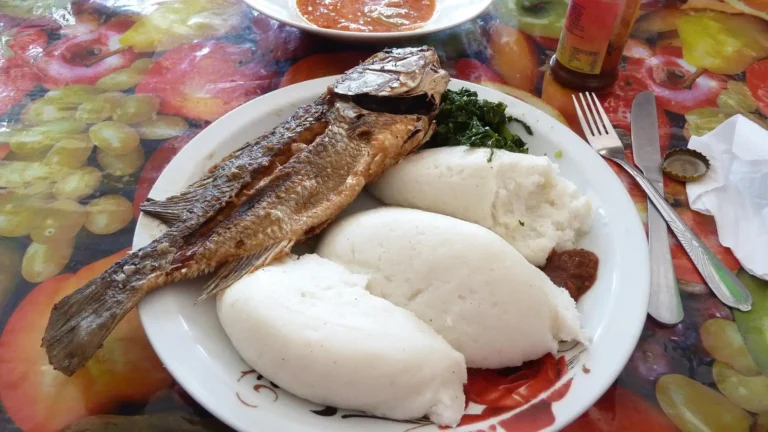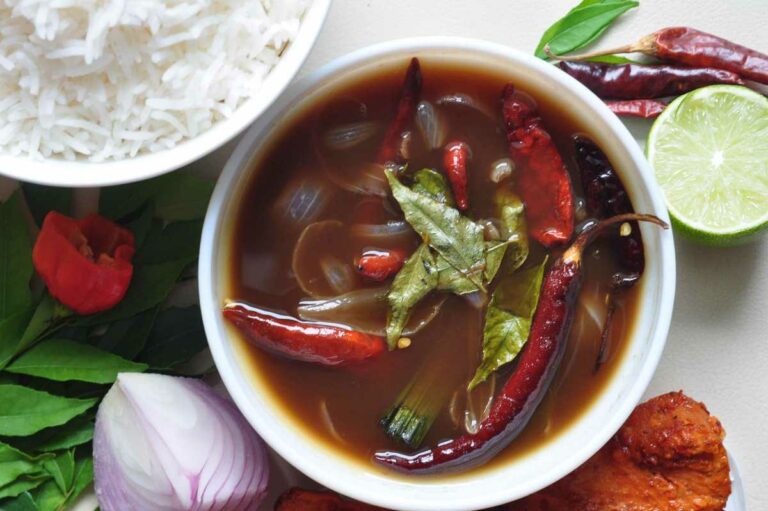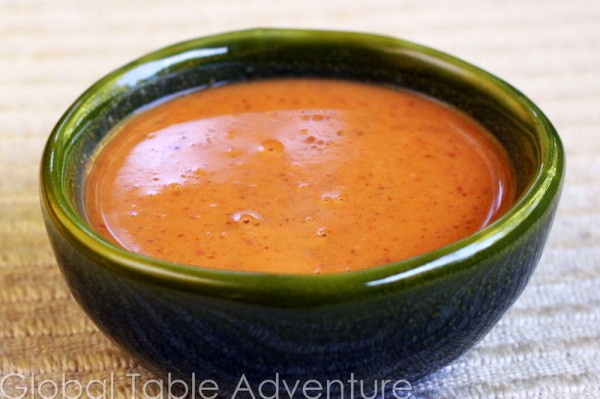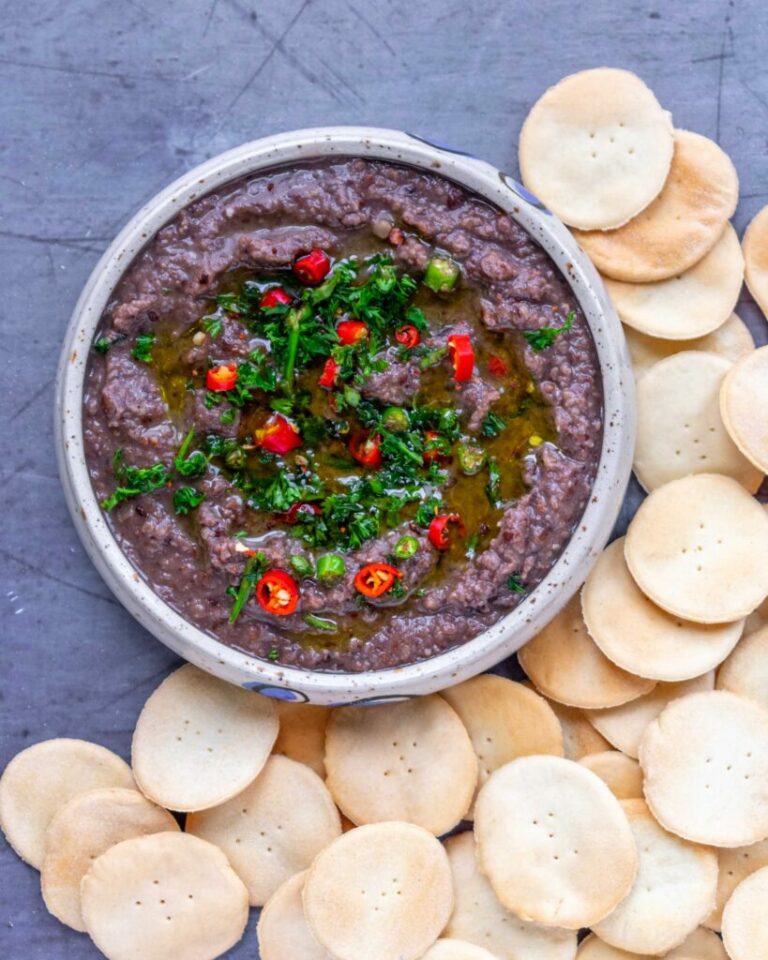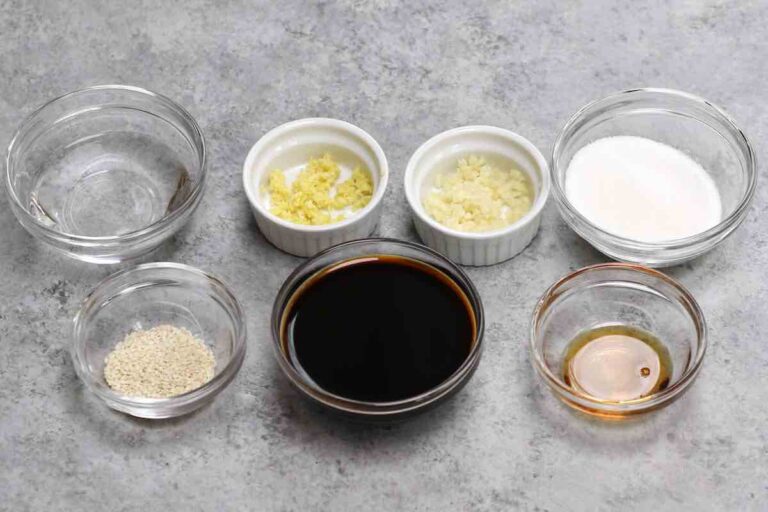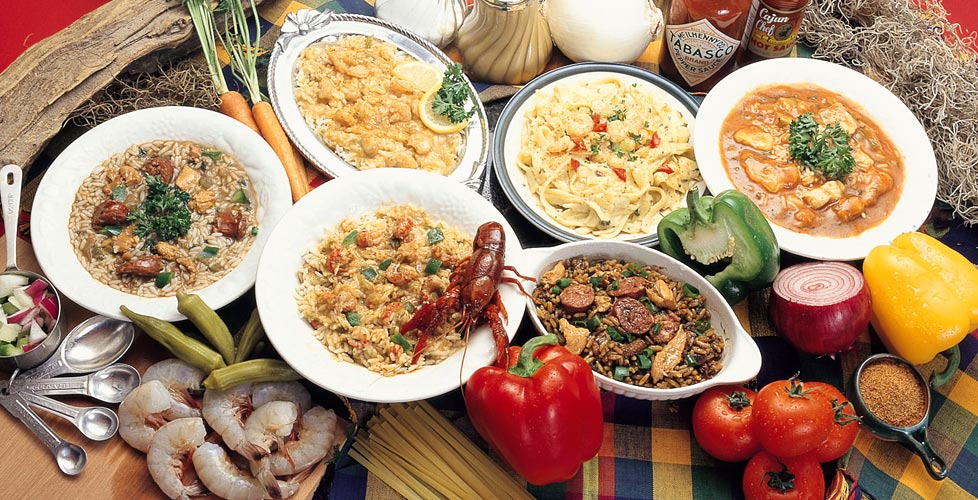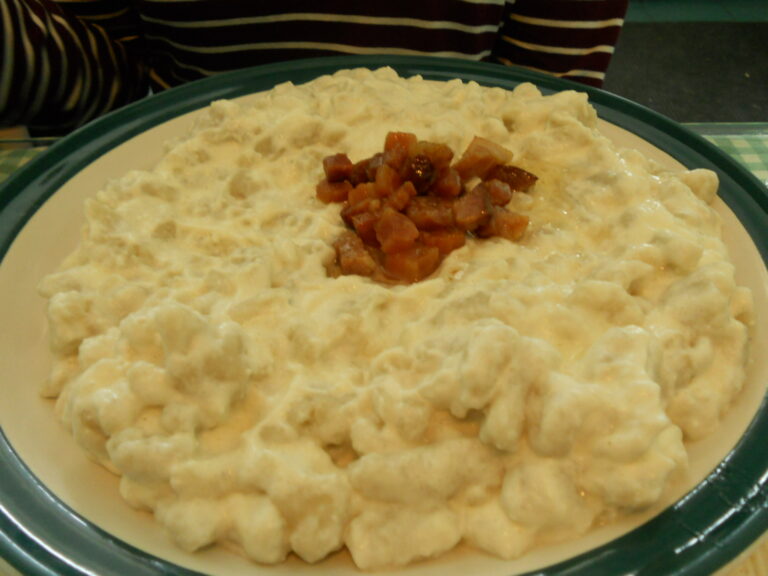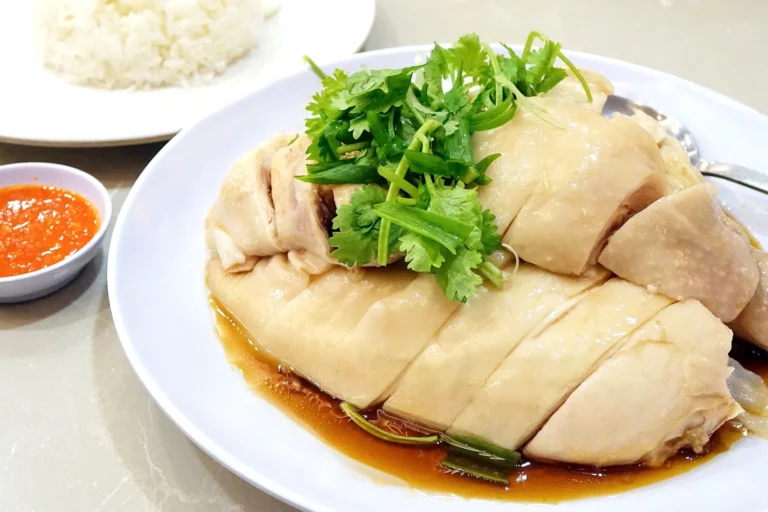Introduction to Malawian cuisine
Malawi is a landlocked country located in southeastern Africa, known for its rich culture and diverse cuisine. Malawian cuisine is heavily influenced by its neighboring countries, with its own unique twists that set it apart. The staple food of Malawi is nsima, a thick porridge made from maize flour and water. It is usually served with different side dishes, including vegetables, stews, and curries.
Condiments and sauces in Malawian cooking
Malawian cuisine is known for its rich and flavorful condiments and sauces, which add depth and complexity to its dishes. From peanut butter sauce to tomato and onion relish, Malawian cooking is a true reflection of its cultural diversity and culinary heritage. These sauces and condiments are often used to add flavor and texture to nsima and other side dishes, as well as to marinate and flavor meats and fish.
Peanut butter sauce: a Malawian staple
Peanut butter sauce is a staple in Malawian cuisine and is often used as a dipping sauce or dressing for salads. It is made from roasted peanuts, tomato paste, and spices, such as garlic, ginger, and chili peppers. The sauce is creamy and rich, with a slightly sweet and spicy flavor. It is often served with nsima and other side dishes, such as roasted vegetables and grilled meats.
Tomato and onion relish: a versatile condiment
Tomato and onion relish is a versatile condiment used in Malawian cooking. It is made from chopped tomatoes, onions, and spices, such as cumin and coriander. The relish is tangy and slightly sweet, with a hint of spiciness. It can be served as a side dish, mixed with nsima or rice, or as a topping for grilled meats and fish.
Chambo chili sauce: a spicy delicacy
Chambo chili sauce is a spicy delicacy in Malawian cuisine, made from chili peppers, garlic, ginger, and lime juice. It is a popular sauce for grilled fish, especially chambo, a type of fish found in Lake Malawi. The sauce is spicy and tangy, with a bright and fresh flavor. It is often served with nsima and other side dishes.
Nsima accompaniments: from vegetable stews to fish curry
Nsima is often served with a variety of side dishes, including vegetable stews, meat curries, and grilled fish. These dishes are often flavored with different sauces and condiments, such as peanut butter sauce, tomato and onion relish, and chambo chili sauce. Vegetable stews are made with a variety of vegetables, such as pumpkin, spinach, and sweet potatoes, and are flavored with spices and herbs. Meat curries are made with chicken, beef, or goat, and are often flavored with coconut milk and spices, such as curry powder and turmeric. Grilled fish is a popular dish in Malawi, especially chambo, and is often served with chambo chili sauce and nsima.

